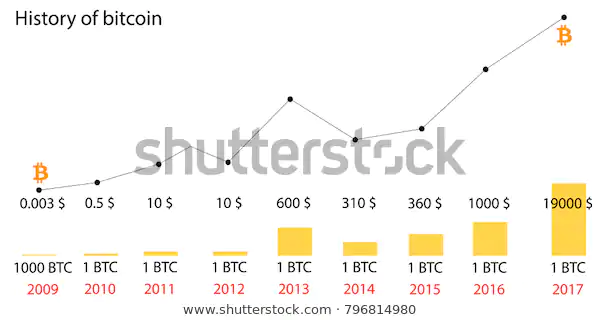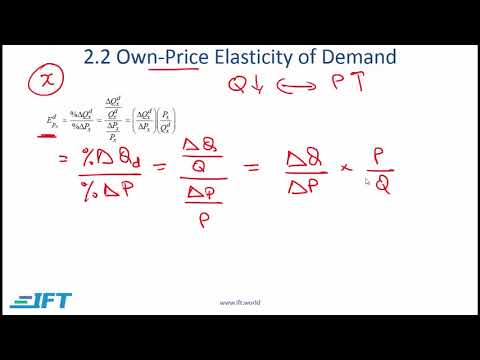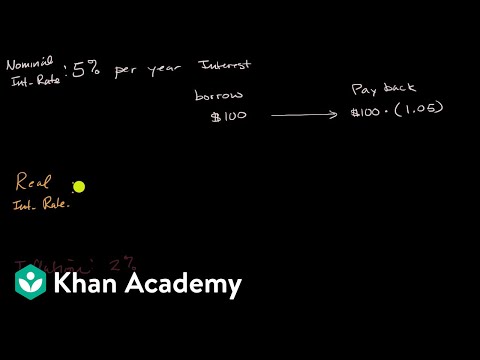Contents:


The average rate of change function is a process that evaluates the change in one variable quantity divided by the change in some other variable quantity. Using function notation, we can define the average rate of change of a function f from i to j. Understanding the concept and methodology of calculating the average rate of change is fundamental. It is used to mathematically describe the difference in the value of a quantity in percentage for some other amount over a specified period. The calculation of the average rate of change is straightforward. It simply takes the worth of a stock or index and divides it by its value from previous days.
What is Rate of Change? Chase.com – Chase News & Stories
What is Rate of Change? Chase.com.
Posted: Mon, 22 Aug 2022 07:00:00 GMT [source]
The rate of change function is defined as the rate at which one quantity is changing with respect to another quantity. Let us learn about the rate of change formula with a few examples in the end. If we know the x and y coordinates of the two interval endpoints, we simply use the slope formula to calculate the average rate of change. Using the slope formula saves us time versus using the average rate of change formula. If the value of one coordinate increases significantly but the value of the other coordinate is the same then the rate of change is constant here means it always is the same.
Defining and interpreting the average rate of change of a function
Slope and average rate of change is exactly the same thing. Be sure to keep track of the units in both the numerator and denominator. The average rate of change is the rate of speed upon which a variable quantity changes with respect to the variation in another quantity in a defined time. The Average Rate of Change is mainly used when talking about momentum. It may usually be expressed as a quantitative relation between a change occurring in one variable quantity to a corresponding change occurring in another variable.
The average rate of change is finding the rate something changes over a period of time. We can look at average rate of change as finding the slope of a series of points. The slope is found by finding the difference in one variable divided by the difference in another variable. The slope formula is used to find the average rate of change. When a function has a negative slope, it means the average rate of change is decreasing.
Joey’s parents are keeping track of Joey’s height as they watch him grow. They notice that he had several growth spurts throughout his first 16 years. The resulting value is the average rate of change of the function.
Give an example of a function that has the same average rate of change no matter what interval you choose. You can provide your example through a table, a graph, or a formula; regardless of your choice, write a sentence to explain. Find the average rate of change by entering a function f and an interval in the calculator below. Where \(\fracyx\) is the instantaneous rate of change of \(y\) with respect to \(x\). It is also called the derivative of \(y\) with respect to \(x\). Calculate the marginal revenue for a given revenue function.
Find the instantaneous rate of change of the volume of the red cube as a function of time. The average rate of change tells us at what rate \(y\) increases in an interval. This just tells us the average and no information in-between.
Examples of Average Rate of Change
Your sentence might look something like “On the https://1investing.in/ \(\ldots\text\) the temperature of the soda is \(\ldots\) on average by \(\ldots\) for each \(1\)-unit increase in \(\ldots\)”. The average rate of change is an average measure of change in a function over an interval. It’s the total change of the output of the function divided by the change in the function’s input.

The average rate of change formulaerage rate of change of the function between given points is -2⁄7. This gives us the average rate of change between the points and . See the image below for a visual of average rate of change between two points on a function. Calculus offers one way to justify that a function is always increasing or always decreasing on an interval. On the graph of \(s\text\) sketch the three lines whose slope corresponds to the values of \(AV_\text\) \(AV_\text\) and \(AV_\) that you computed in . Since the years , were on the x-axis of our graph we’ll put them on the bottom end of our equation.
What is an Average Rate of Change?
In graphical terms, the average rate of change is expressed by the slope of a line. The Greek letter delta often denotes the Average Rate of Change. The average rate of change describes the average rate at which one quantity is changing with respect to another.
- The following notation is commonly used with particle motion.
- In simple terms, in the rate of change, the amount of change in one item is divided by the corresponding amount of change in another.
- See the image below for a visual of average rate of change between two points on a function.
Basically, the graph would be a straight line either horizontal or vertical line. So, constant ROC can also be named as the variable rate of change. In the case of constant ROC, acceleration is absent and graphing the solution is easier. The value may be either positive or negative that signified the increase or decrease ratio between two data points. If there is some quantity whose value is the same overtime then it is named as the zero rates of change.
Predict the future population from the present value and the population growth rate. The average rate of change formula is the same as the formula for slope. The following formulas find the slope, or average rate of change, between the points and . This indicates the speed went down or decreased 15 miles per hour because of the negative sign. Notice the slope on the graph is going ‘downhill’ on this section, which is a decreasing slope and our mph is negative.
The spatial spillover effect of higher SO2 emission tax rates on PM2 … – Nature.com
The spatial spillover effect of higher SO2 emission tax rates on PM2 ….
Posted: Mon, 27 Mar 2023 10:27:45 GMT [source]
You know you will be traveling through many different areas where the speed limit changes. You will be going 70 mph on one section, then 35 mph on another section. We can find the average speed over the course of the trip by using the slope formula. Learn how to find the average rate of change over an interval. Let us have a look at a few solved examples to understand the rate of change formula better. In this way, you can compute the average rate of change in excel.
Notice the line goes ‘uphill’ on this section, which is a positive slope. Also the red line is fairly steep, which indicates a higher average rate increase. Whether it is how much we grow in one year, how much money our business makes each year, or how fast we drive on average. For all of these instances, we would find the average rate of change.
The following notation is commonly used with particle motion. Because “slope” helps us to understand real-life situations like linear motion and physics. As a member, you’ll also get unlimited access to over 88,000 lessons in math, English, science, history, and more. Plus, get practice tests, quizzes, and personalized coaching to help you succeed. If you recall, the slope of a line is found by finding the change in y divided by the change in x.

Now open the pop-up menu of the answer cell, and from the list, click on format cells. Let’s make point 1 the left side of the interval and point 2 the right side of the interval. Sketch at least two different possible graphs that satisfy the criteria for the function stated in each part. If it is impossible for a graph to satisfy the criteria, explain why. Note that it can be calculated using the formula [f – f] / (a – b) as well.

Here are all the times and speeds represented on this graph. To determine the average rate of change of a function, identify the points being used. Subtract the first y-value from the second y-value and divide the result by the first x-value subtracted from the second x-value. The rate of change can be depicted and calculated using the formula for rate of change, that is \(\frac-y_-x_\), commonly known as slope formula. Given the function f , Compute the average rate of change on the interval [-2, 4] by using the graph shown below.

Can you be more specific about the content of your article? After reading it, I still have some doubts. Hope you can help me.
Can you be more specific about the content of your article? After reading it, I still have some doubts. Hope you can help me.